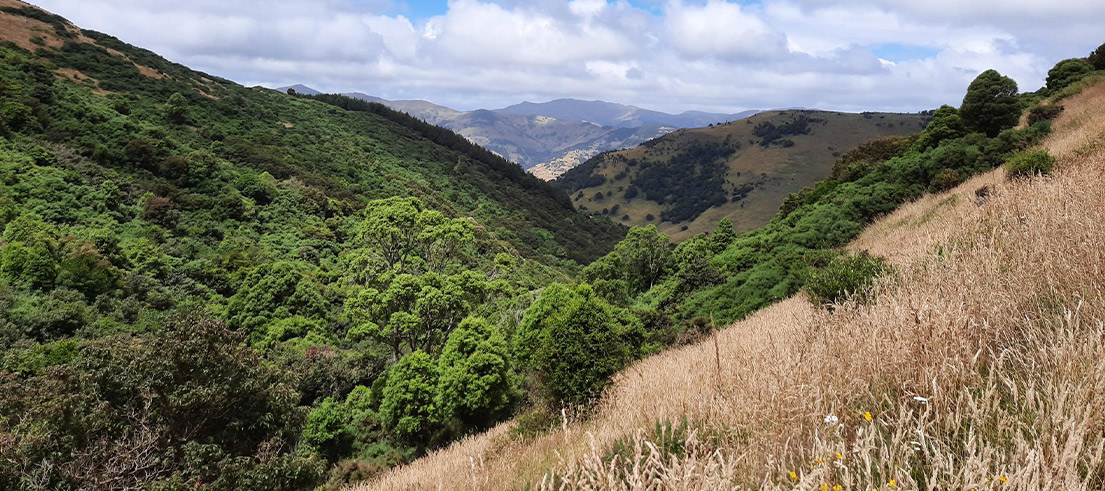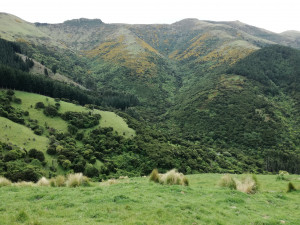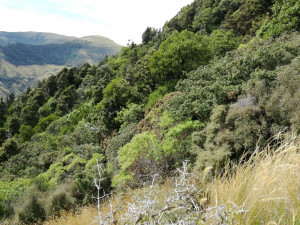
Pest control on Banks Peninsula - protecting precious species
It’s hoped a large-scale pest control project across three properties on Banks Peninsula will help bird and plant life flourish.
Still in its early stages, the work is - in part, an extension of a trapping programme that was already being undertaken by one of those landowners in Western Valley.
The project will expand into the two adjoining properties – incorporating the top of Kaituna Valley. The site includes more than 370 hectares of legally protected land through a Banks Peninsula Conservation Trust (BPCT) covenant, and a Department of Conservation (DOC) reserve - Kaituna Spur.

The properties cover more than 370 hectares of legally protected land.
Greater protection of native species
Despite this formal protection and the landowners’ best efforts, browsing (chewing) pests such as deer and possums, along with pigs, have continued to degrade native plant cover - while predators have targeted vulnerable bird species.
We are contributing more than $34,000 through two separate funds, plus an ‘in kind’ contribution of project management and vegetation monitoring to check for signs of possum browsing.
So far, the funding has gone towards traps and monitoring equipment and enlisting the help of ecological consultants ‘Wildlands’ to assess bird numbers.
The aim is to reduce predation and browsing to help the natural regeneration of natives including totara, matai and kahikatea. This type of old-growth podocarp forest cover is rare on the peninsula.
It’s hoped the project will also halt further decline of locally rare bird species such as the rifleman, morepork and falcon.

DOC reserve, Kaituna Spur, is included in the project.
Shaping the forest's future
Land management and biodiversity advisor, Billy Bartrum, says the work could have a significant impact on the future make-up of the site’s trees and shrubs.
“There are certain species that are more palatable for pests. If they all get browsed it can change the whole composition of a forest. So it’s about the area’s overall health and diversity.”
Landowner Antony Johnson says the impetus for the project came from observing trapping success over a number of years on his family’s own property.
“There was also concern of heavy browsing evident in a local DOC reserve, highlighting that even remnant ecosystems need active pest control.
Our neighbours were interested in doing more pest work, so both DOC and Environment Canterbury were approached. We are grateful for Environment Canterbury’s financial and wider support they’ve given.”
Only the beginning
This could just be the start. Other nearby property owners have also expressed a desire to get involved, meaning the project could expand further.
If you’re keen to protect, enhance or create biodiversity, please get in touch with Billy Bartrum by emailing Billy.bartrum@ecan.govt.nz, or biodiversity officer Will Todhunter ,Will.todhunter@ecan.govt.nz. You can also call our customer services team on 0800 324 636.
